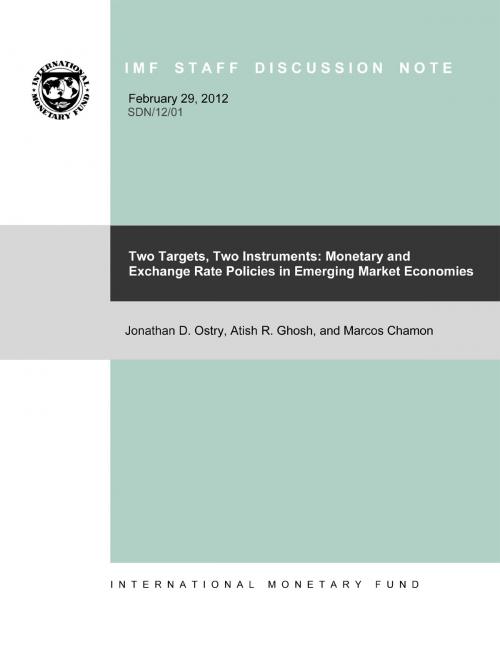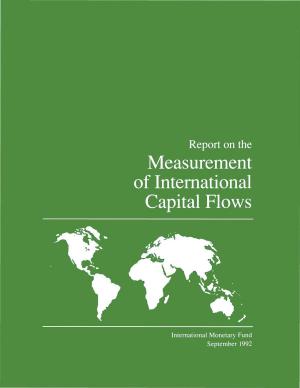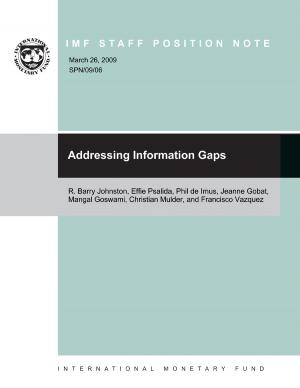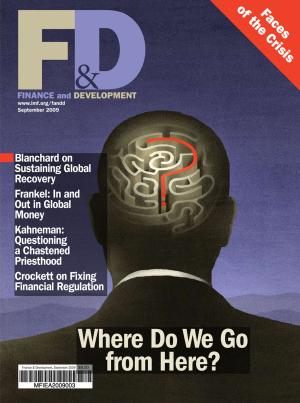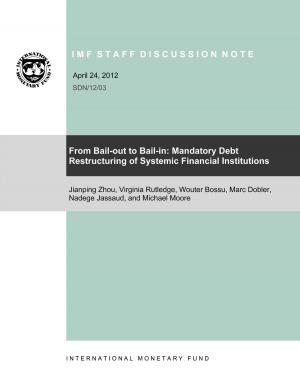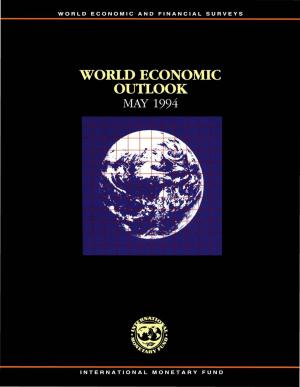Two Targets, Two Instruments: Monetary and Exchange Rate Policies in Emerging Market Economies
Business & Finance, Economics, Money & Monetary Policy, Macroeconomics| Author: | Marcos Mr. Chamon, Jonathan Mr. Ostry, Atish Mr. Ghosh | ISBN: | 9781475554281 |
| Publisher: | INTERNATIONAL MONETARY FUND | Publication: | February 29, 2012 |
| Imprint: | INTERNATIONAL MONETARY FUND | Language: | English |
| Author: | Marcos Mr. Chamon, Jonathan Mr. Ostry, Atish Mr. Ghosh |
| ISBN: | 9781475554281 |
| Publisher: | INTERNATIONAL MONETARY FUND |
| Publication: | February 29, 2012 |
| Imprint: | INTERNATIONAL MONETARY FUND |
| Language: | English |
This note examines the costs and benefits of using two policy instruments—the policy interest rate and sterilized foreign exchange market intervention—in emerging market economies (EMEs) seeking both low inflation and to avoid excessive volatility in exchange rates. The financial crisis has taught us that policymakers need to deliver more than stable consumer prices to achieve sustained and stable growth, and that the instruments at their disposal include more than just the policy interest rate. In the context of EMEs, it has long been recognized that significant balance sheet mismatches (and other structural characteristics) imply that it is rarely optimal to allow the exchange rate to fluctuate freely even in an inflation-targeting (IT) context. On the contrary, reacting to exchange rate changes can deliver better outcomes. While EMEs are certainly more integrated in global financial markets than two decades ago, their proneness to experience sudden stops suggests that integration is far from perfect. With their smaller stocks of outstanding local-currency denominated assets than advanced countries, EMEs also have greater scope for sterilized intervention. So this opens up the fortuitous possibility that policymakers may be operating in a two-target, two-instrument world. This note explores the contours of monetary/exchange rate policy in such a world, and attempts to characterize optimal policies in a world of imperfect credibility where economies are subject to a variety of shocks (to demand, capital flows, etc.).
This note examines the costs and benefits of using two policy instruments—the policy interest rate and sterilized foreign exchange market intervention—in emerging market economies (EMEs) seeking both low inflation and to avoid excessive volatility in exchange rates. The financial crisis has taught us that policymakers need to deliver more than stable consumer prices to achieve sustained and stable growth, and that the instruments at their disposal include more than just the policy interest rate. In the context of EMEs, it has long been recognized that significant balance sheet mismatches (and other structural characteristics) imply that it is rarely optimal to allow the exchange rate to fluctuate freely even in an inflation-targeting (IT) context. On the contrary, reacting to exchange rate changes can deliver better outcomes. While EMEs are certainly more integrated in global financial markets than two decades ago, their proneness to experience sudden stops suggests that integration is far from perfect. With their smaller stocks of outstanding local-currency denominated assets than advanced countries, EMEs also have greater scope for sterilized intervention. So this opens up the fortuitous possibility that policymakers may be operating in a two-target, two-instrument world. This note explores the contours of monetary/exchange rate policy in such a world, and attempts to characterize optimal policies in a world of imperfect credibility where economies are subject to a variety of shocks (to demand, capital flows, etc.).
